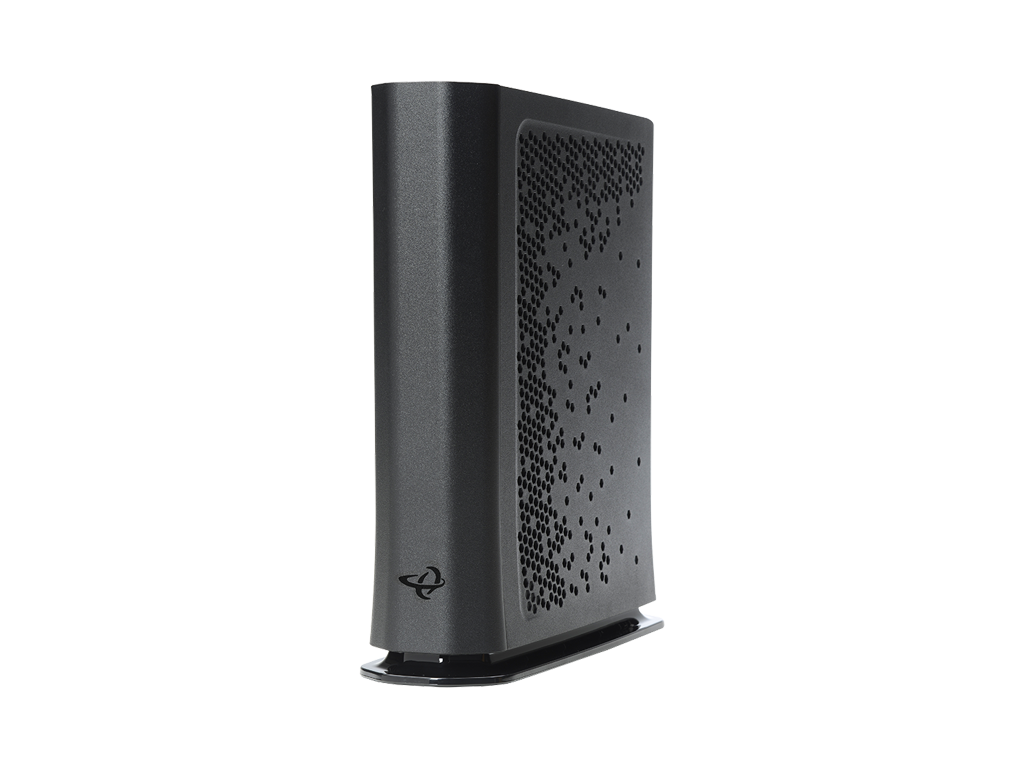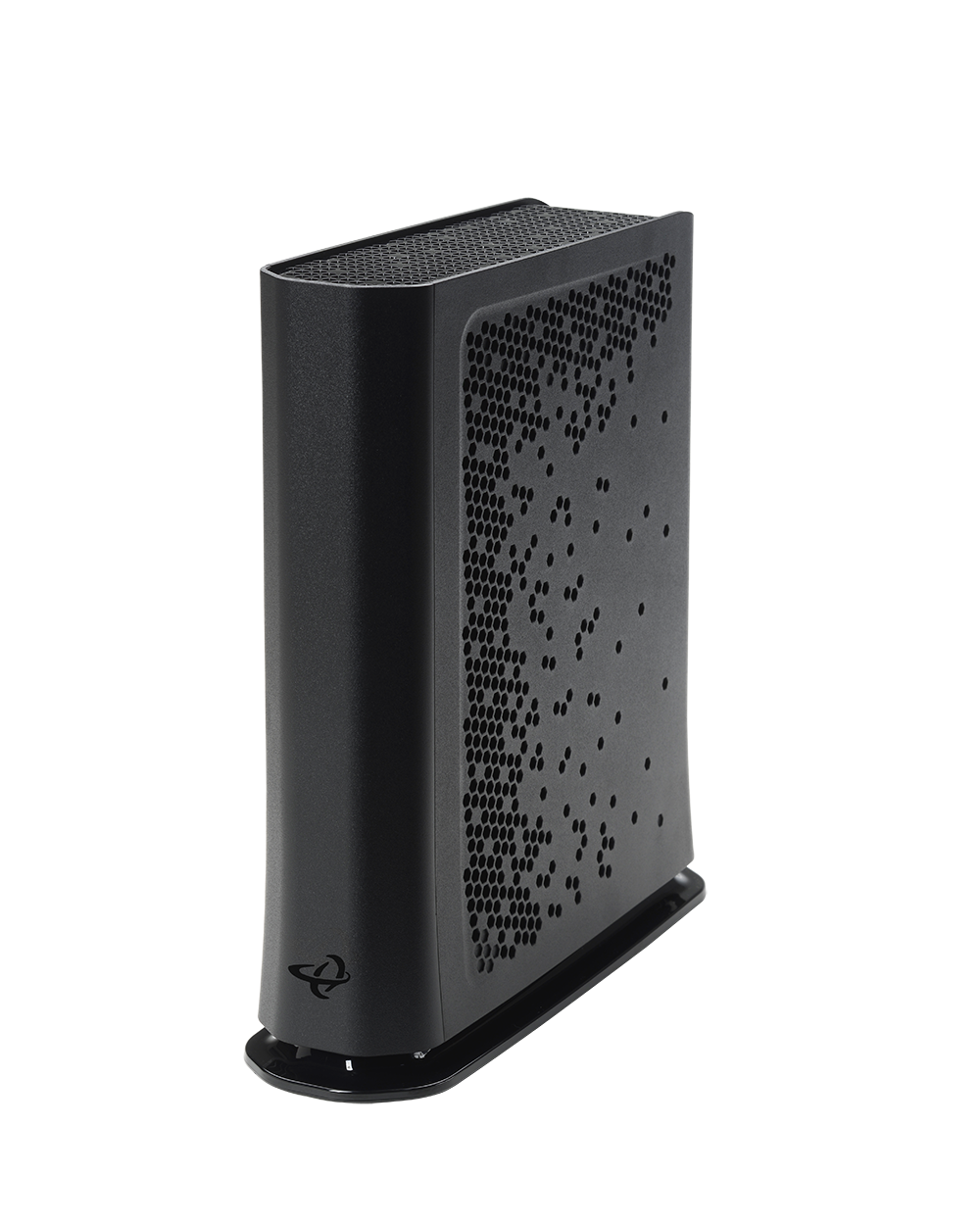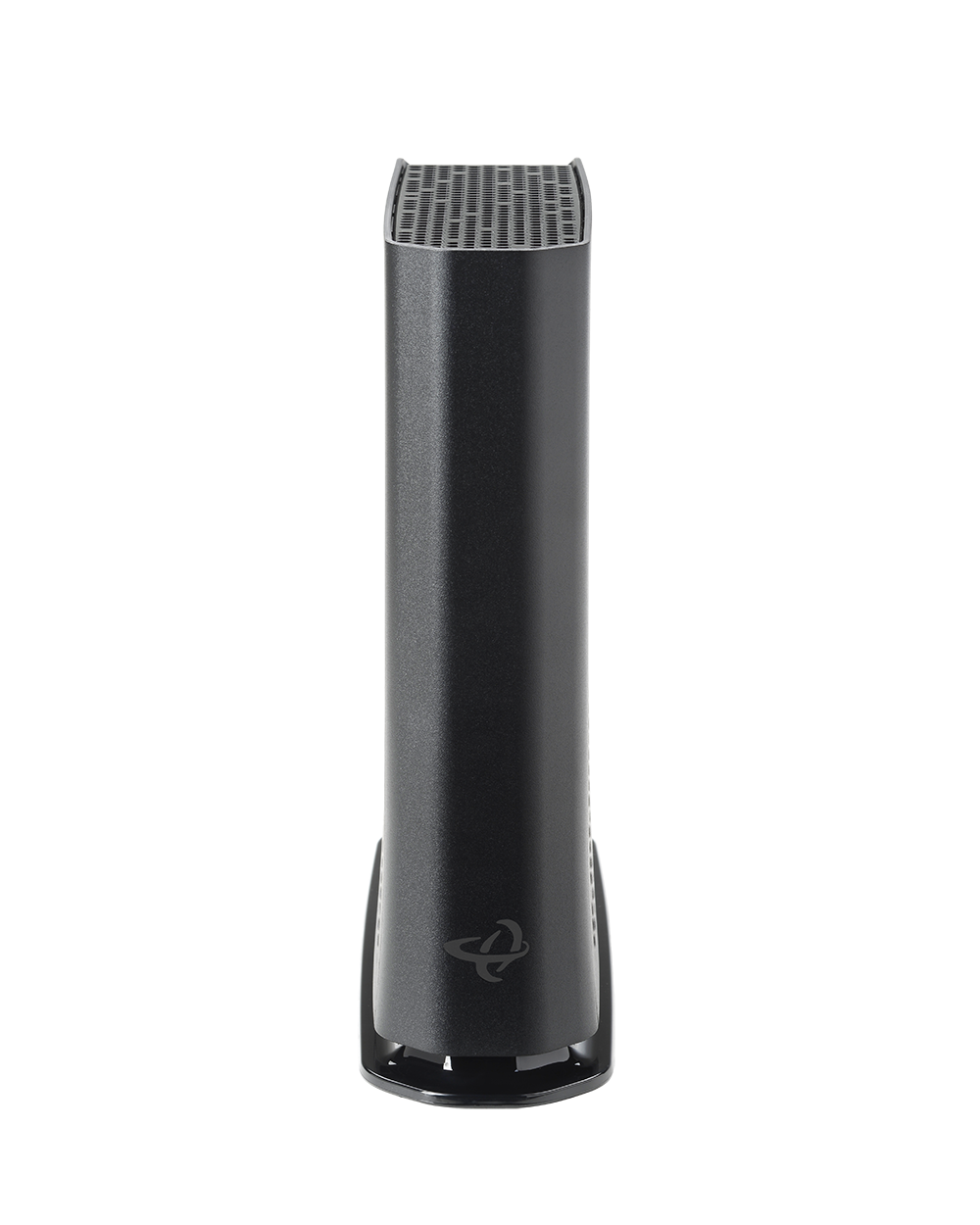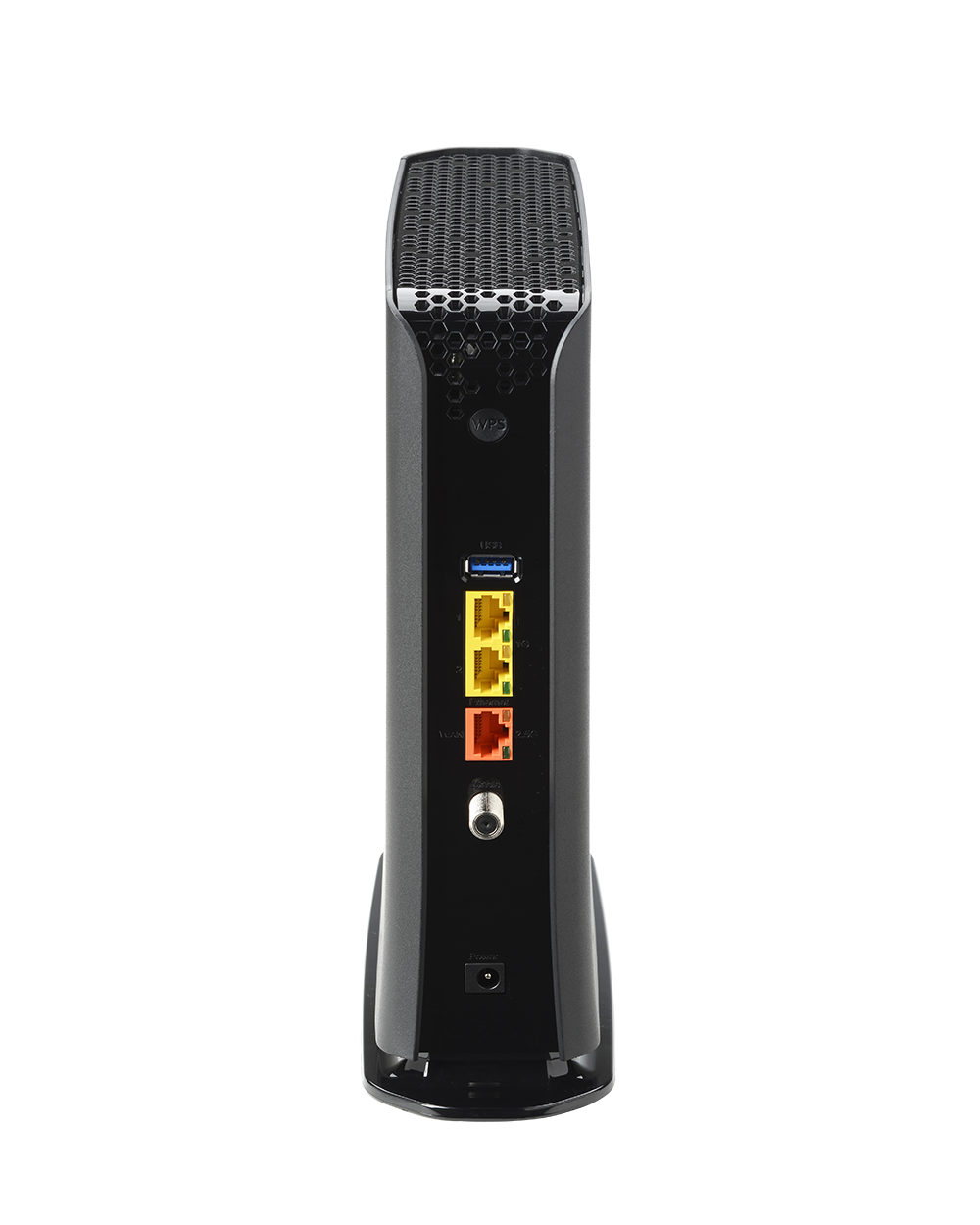DOCSIS 3.1 with Full Backward Compatibility
Supports 2×2 OFDM/OFDMA plus DOCSIS 3.0 32×8 bonding to ensure multi-gig performance today with smooth compatibility for existing DOCSIS 3.0 deployments.
Extended Downstream to 1218 MHz
Provides expanded downstream capacity, enabling more throughput and future-proofing networks for higher-speed broadband plans.
Flexible Upstream Frequency
Switchable upstream modes (5–85 MHz / 5–204 MHz) support mid-split and high-split transitions without hardware replacement.
Wi-Fi 6 Advantage
Dual-band Wi-Fi 6 with 4×4 5 GHz and 4×4 2.4 GHz radios ensures higher speeds, lower latency, and improved efficiency for multiple connected devices.
Multi-Gig Wired Connectivity
Features 1× 2.5 Gbps Ethernet port and 2× 1 Gbps ports for high-speed wired backhaul and device connectivity.
Carrier-Grade Management
Supports TR-069, TR-369, SNMP, and HNAP, and integrates with Hitron’s management ecosystem (MyHitron+, HitronCloud) for simplified provisioning, troubleshooting, and diagnostics.
Benefits for Service Providers
- Future-Proofed with Extended Downstream: Ready for faster broadband services thanks to 1218 MHz downstream support.
- All-in-One Simplicity: Combines DOCSIS 3.1 modem and Wi-Fi 6 router into one device to reduce install complexity and streamline support.
- Flexible Deployment: Backward compatible with DOCSIS 3.0 and adaptable to evolving upstream splits.
- Enhanced Customer Experience: Strong Wi-Fi 6 and multi-gig wired connections support 4K/8K streaming, gaming, smart homes, and more.
Key Specifications
- DOCSIS Support: DOCSIS 3.1 (2×2 OFDM/OFDMA) + DOCSIS 3.0 (32×8)
- Downstream Band: Extended up to 1218 MHz
- Upstream Modes: Switchable 5–85 MHz / 5–204 MHz
- Wi-Fi: Dual-band Wi-Fi 6 (4×4 5 GHz + 4×4 2.4 GHz)
- Ethernet Ports: 1× 2.5 Gbps + 2× 1 Gbps
- Management: TR-069, TR-369, SNMP, HNAP, MyHitron+, HitronCloud
- Other Features: IPv4/IPv6 support, multiple SSIDs, advanced security and firewall features
Documentation
Other Products to Consider
Product
Modem Type
Frequency
WiFi
Wired LAN
Voice
Learn More about Cable Modems & Routers
Troubleshooting Your Cable Modem
Troubleshooting your cable modem is not limited to looking at your modem alone. If you experience frequent disconnections of your Internet connection, there’s a few things you need to check. Fortunately, you can do this yourself without having to call your Internet...
802.11ac vs 802.11ax: Which is Better?
802.11ac and 802.11ax are different wireless (WiFi) technology standards that are present in WiFi routers or gateways. WiFi and Internet capabilities are constantly evolving. Up until 2019, the most common wireless standard called for 802.11ac, also referred to as...
How Do I Choose a Modem and a Router?
There are many cable modem and router resources and buying guides out there. We even have a bunch of resources for you covering topics like: What a cable modem is and how it works. What even is a router? How to decide whether to buy or rent your devices. Should you...
What is a Modem?
To get technical, modem stands for modulator-demodulator. However, everyone calls it a modem. A modem is a hardware device that you get when you set Internet up in your home. If you rent from an Internet service provider (ISP) they will provide the device for you....
Cable Modems Explained: MoCA Immunity Filter
MoCA technology is used by your Cable Internet Provider to deliver Internet signals in your home or apartment via your existing coaxial TV wiring. MoCA technology forms a MoCA network within your home, talking with your MoCA-enabled devices to deliver your Internet...




